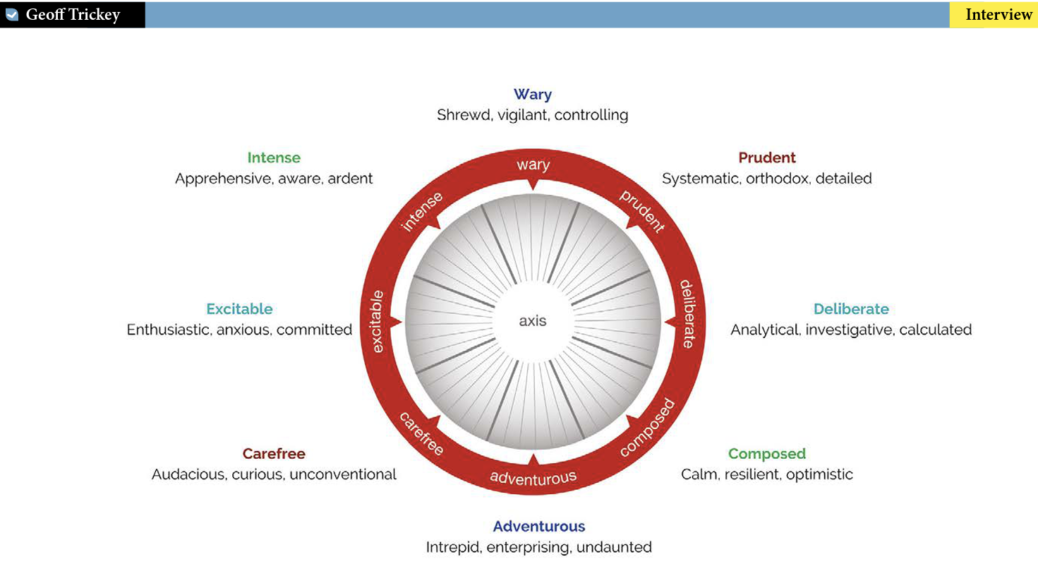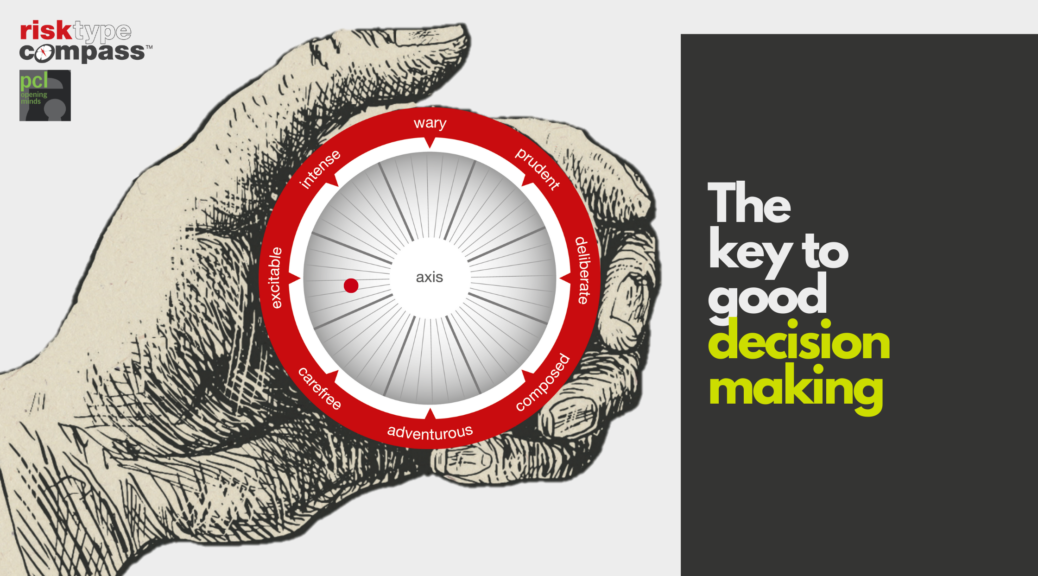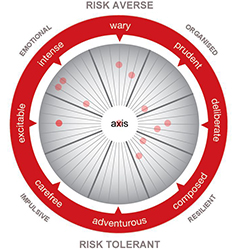INTRODUCTION
The use of personality questionnaires has increased quite dramatically over recent years. Test development, publication and usage have benefitted considerably from the opportunities provided by the internet: once a process that relied very much on the professional expertise of the psychologists, personality went online in 1999 and the genie was out of the bottle. Now readily accessible on both the test development side and the test user side, a highly competitive marketplace has developed, bristling with a bewildering array of products used by people with very varied levels of psychological insight.
There are positive benefits from this process of commoditization, but there are also concerns. The relationship between personality theory, personality research, test development, test publishing, sales and test usage is now weighted heavily towards the commercial end of that pipeline. The question is: have the links with psychology, the ‘psycho’ element in ‘psychometrics’, been strained almost to breaking point?
BACKGROUND
The study of personality has a very long pedigree that is easily traced back to the ancient philosophers. Its mission is close to the most fundamental questions about our existence and about human nature. These are not merely interesting esoteric issues; differing views on personality have considerable consequences. They have a moral dimension too because they influence our understanding of personal responsibility, our beliefs and principles and, by that route, they impact on fundamental ideas about what is right and what is wrong. They also influence public policy. For example, different assumptions about the influence of Nature and Nurture account for fault lines in political and public policy debate about key issues; everything from education to justice, retribution, correction and rehabilitation.
HISTORY
The evolution of personality assessment reflects many different schools of thought. Each approach was predicated against the insights of their creators, their understanding of human nature and their definition of personality. Theory preceded measurement. From Galen to Jung, Rorschach to Murray, Cattell to Hogan, personality theory and personality research came first. It provided the platform of distinctive beliefs upon which these thought leaders based their various methods of assessment. These were typically people, prominent in their field, making a major contribution to psychological theory and debate. Their approach to personality assessment was the legacy of a lifetime of enquiry and theoretical development. Their rationale was explicit, reflected in an extensive body of research, in their publications and, of course, in their assessments.
The contribution of psychology towered in its significance over the practicalities of assessment. But there was never consensus. Different theorists argued their case, set out their stall, won adherents to their cause and challenged the status quo – that is how advancement in science works. At the point of delivery, the test user knew and understood what the author was attempting to do. Familiarity with the theory provided the contextual framework for the interpretation of results and the generation of appropriate inferences and predictions.
TODAY
When he asserts that “personality theory and personality assessment were separated at birth”, Bob Hogan is alluding to the loss of this connection. All too often the crucial question of ‘what exactly is this personality test measuring’ seems to be taken as a given. Unexplained reference to ‘personality’ just doesn’t cut it.
The nature of personality, its structure, its content and its significance can be conceptualized in so many different ways; are we referring to traits, dispositions, instincts, values, temperament, preferences, attitudes? How influential is it? Can it be changed? Can it be managed? Is it genetic? Is it shaped by learning, by religious belief, by culture by experience? How does it relate to performance in sports or at work? How does it influence a biographical trajectory? What part does it play in personal relationships? Does it shape behaviour? Does it merely reflect the behavioural consistencies of individuals? Is it deterministic or do we have free will?
Even the current ‘gold standard’ of robust Five Factor Model credentials leaves all these questions unanswered. Without an explicit theoretical framework, simply claiming to measure ‘personality’ doesn’t give any clue about what the results actually mean; nor what implications, recommendations or decisions can reasonably be drawn from a test result. Measurement, stripped of theory is ‘dust bowl empiricism’. Its interpretation relies on whatever assumptions the user brings with them.
Somehow, our obsession with statistical analysis threatens to eclipse the primary purpose; that of understanding human nature. Cattell makes an important point:
“…..lest there may seem to have been overemphasis on statistics – let it be said that ideal prediction and treatment practice requires both psychological understanding … and statistical understanding”.
Current trends in personality assessment seem to paper over the question of psychological insight. Big data is the extension of this mind set. Assigning numbers to everyday behaviours, utterances or decisions may tell us something about the people they are attributed to, as do any of our observations of others, but any inferential interpretation beyond the blatantly obvious relies on assumptions about human nature – the issue that it singularly fails to address. Psychometrics without the psychology is just playing with numbers; and numbers without any clear rationale wield a very dubious authority.
WHAT SHOULD PSYCHOMETRICS LOOK LIKE?
It’s perfectly acceptable to define personality in different ways and to operationalise those views through questionnaires, gaming methods or big data. What is highly questionable, though, is to purport to measure something for which there is no clear rationale and therefore no clear meaning and no clear implications for decision making. Any survey, word check list, group of statements or questions can be metricated statistically using item analysis, scale development techniques and norm tables. But, for them to have any depth of meaning, they need to have been shaped, from conception through to delivery of results, by the insights of the creator and developed with the specific intention of operationalizing those insights into real world outcomes.
GEOFF TRICKEY, January 2018





